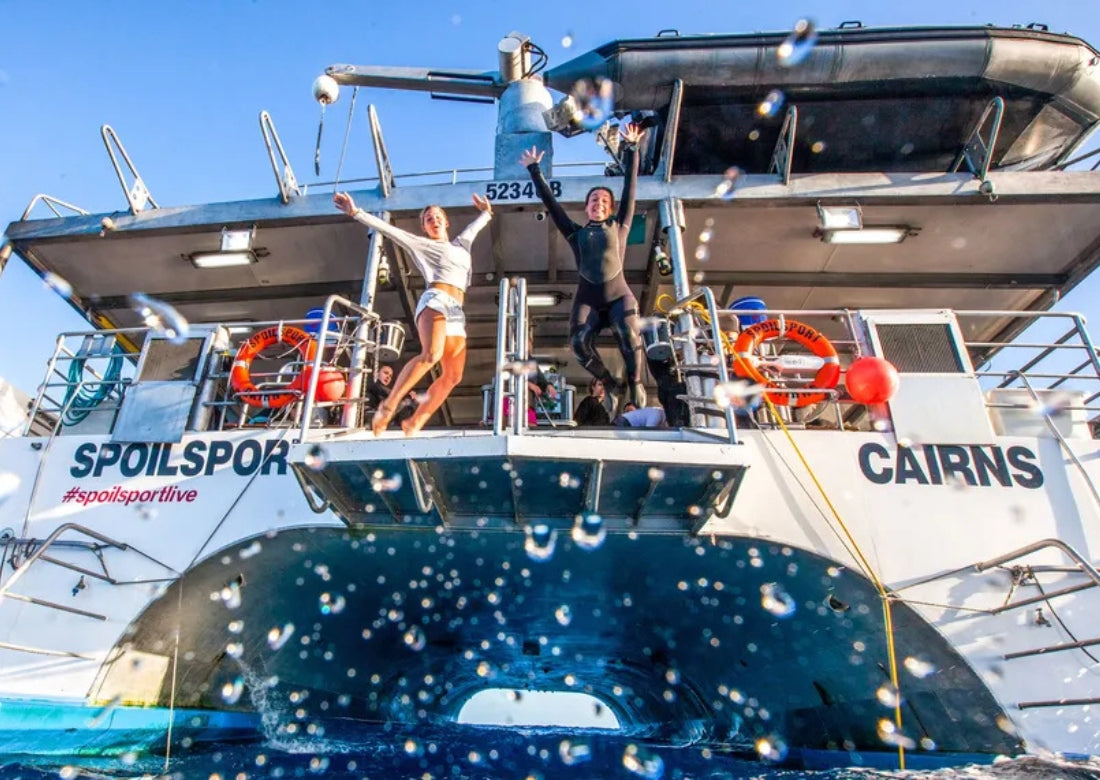How to Plan a Scuba Diving Trip
Scuba diving is wonderful sport and is gaining popularity among sports enthusiasts because of the added perk of viewing scenic underwater life. Careful planning will help ensure that your SCUBA diving trip is as fun as possible.
5 steps to help guide you while planning a Scuba Diving trip:
1. Learn to Scuba Dive. While SCUBA diving can be a recreational activity, it obviously has inherent risks. Take a diving certification class through the National Association of Underwater Instructors (NAUI) or Professional Association of Diving Instructors (PADI). Once you pass their course, you can now safely and legally dive. Dip 'N Dive offers courses for both NAUI and PADI. Bear in mind that no diver can be certified if they did not complete the diving class and required dive under a certified instructor's observation. Going in the open water to learn SCUBA diving on your own and without a professional's supervision is not allowed and is very dangerous.
2. Pick the dive spot. Most beachside hotels offer SCUBA diving packages. Including it in your reservation can entitle you to discounted rates in certain hotels.
3. Prep your SCUBA diving gear. Some dive shops will want to buy their own SCUBA diving gear for future use while others prefer to just rent them out. Whatever you choose, do get a Buoyancy Compensator, Diving Mask, Fins and a Wetsuit if you plan to go SCUBA diving. Gear rentals may have to be made in advance to make sure that you'll have the equipment ready when you get there.
4. Set the details of your itinerary. All successful dives follow set itineraries especially if there is more than one dive spot to visit. Include all the necessary details, including expected times of arrival and departures, food arrangements and transportation arrangements.
5. Keep a record of your underwater adventure. The easiest way would be through pictures so don't forget to bring along a waterproof or Underwater Camera. There's a big difference between telling your friends and relatives about the dive and actually showing them photos of it, preferably with you beside a colorful fish or coral.




